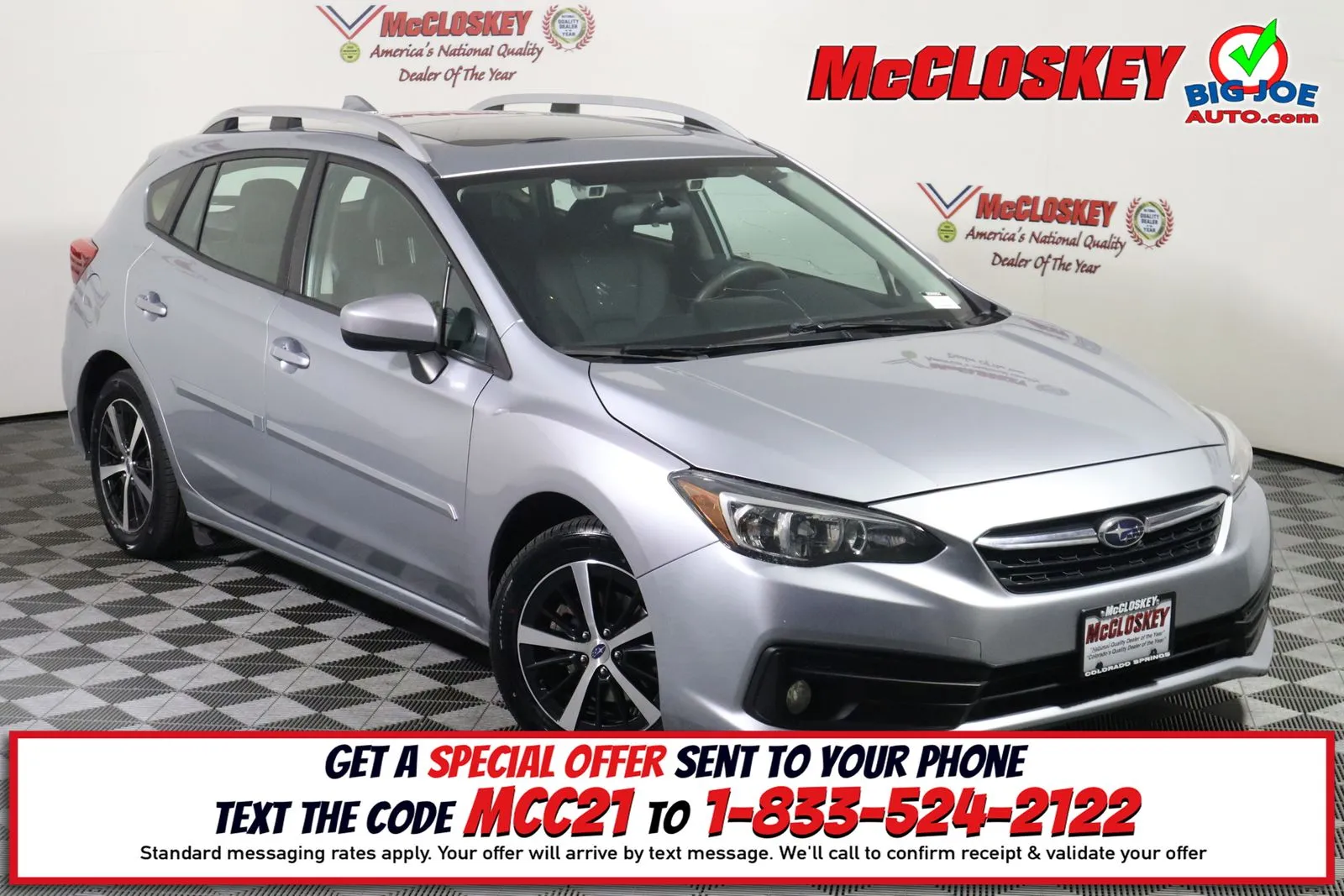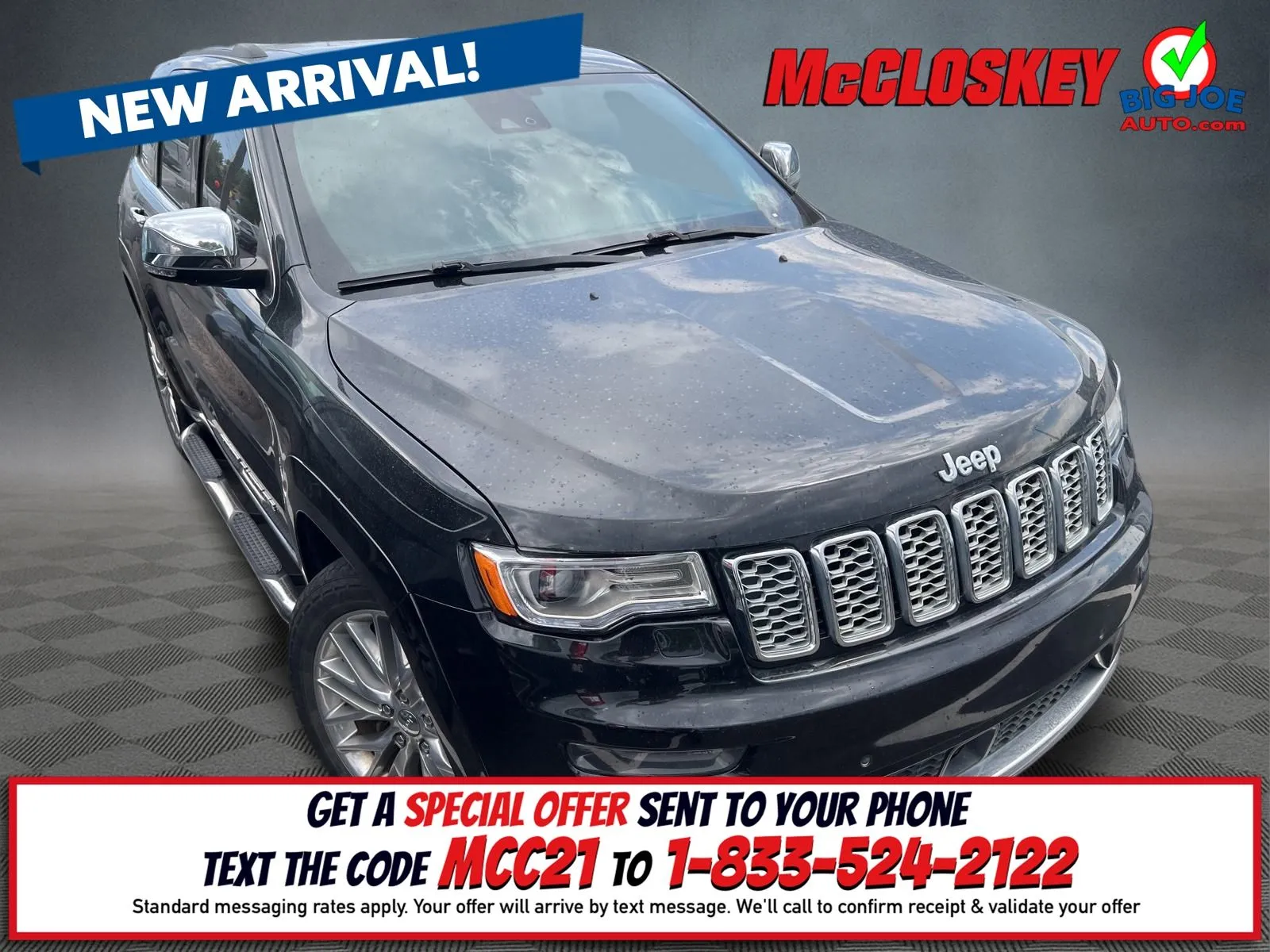Test Driving a Used Car at a Dealership: What Should I Do? - Used Vehicles in Colorado Springs, CO
Table of Contents
- 1. Preparing for the Test Drive
- 2. Inspecting the Car’s Exterior and Interior
- 3. Adjusting the Seats, Mirrors, and Controls
- 4. Testing the Vehicle’s Performance
- 5. Testing the Vehicle’s Features
- 6. Evaluating Comfort and Cabin Noise
- 7. Considering Visibility and Blind Spots
- 8. Asking Questions and Addressing Concerns
- FAQ:

When it comes to purchasing a used car, a test drive is an essential step in the decision-making process. It allows you to assess the vehicle’s condition, performance, and overall suitability to your needs. A test drive offers valuable insights that help you make an informed choice before committing to a purchase. In this article, we will guide you through the process of test-driving a used car at a dealership and outline the key steps you should follow.
1. Preparing for the Test Drive
Before heading to the dealership, it’s essential to do your homework and gather some preliminary information about the car you are interested in. Research the specific make, model, and year of the vehicle, and familiarize yourself with its features, typical issues, and market value. This knowledge will empower you during the test drive and enable you to ask informed questions.
2. Inspecting the Car’s Exterior and Interior
Upon arriving at the dealership, take a few moments to inspect the car’s exterior and interior thoroughly. Examine the body for any signs of damage, rust, or mismatched paint, as these could indicate previous accidents or poor maintenance. Inside the car, check the upholstery, dashboard, and controls for wear and tear, and ensure that all features and accessories are in proper working condition.
3. Adjusting the Seats, Mirrors, and Controls
Before you start driving, adjust the seats, mirrors, and steering wheel to your preferred position. This step ensures that you have a comfortable and ergonomic driving experience during the test drive. Familiarize yourself with the placement and functionality of essential controls, such as headlights, windshield wipers, turn signals, and climate control systems.
4. Testing the Vehicle’s Performance
During the test drive, evaluate the car’s performance in various driving conditions. Start by driving on local roads to assess its acceleration, braking, and maneuverability. Pay attention to how the engine sounds and how responsive the transmission feels. If possible, take the car on the highway to evaluate its stability at higher speeds.
5. Testing the Vehicle’s Features
Take the time to test all the features and functions of the car. Check the air conditioning and heating systems, audio system, navigation (if available), power windows, locks, and any other features specific to the vehicle. Ensure that everything works as expected, and if you encounter any issues, bring them to the salesperson’s attention.
6. Evaluating Comfort and Cabin Noise
Assessing the comfort and cabin noise levels is crucial for a pleasant driving experience. Pay attention to seat comfort, ergonomics, and overall ride quality. Listen for any excessive road or wind noise that may indicate poor insulation or mechanical issues. A quiet and comfortable cabin is essential for long drives and daily commuting.
7. Considering Visibility and Blind Spots
Check the visibility from the driver’s seat to ensure that you have a clear view of the road. Assess the size and positioning of the rearview and side mirrors, and test the effectiveness of the blind-spot monitoring system (if equipped). Proper visibility and the absence of significant blind spots are essential for safe and confident driving.
8. Asking Questions and Addressing Concerns
Throughout the test drive, don’t hesitate to ask the salesperson any questions you may have about the vehicle’s history, maintenance records, or any concerns that arise during the drive. A reputable dealership will be transparent and willing to address your queries to ensure your satisfaction and confidence in the purchase.
FAQ:
Here are five frequently asked questions about test driving a used car at a dealership:
- How long should a test drive be?
- During a test drive, it’s recommended to drive the car for at least 20-30 minutes. This duration allows you to assess the vehicle’s performance in different driving conditions and get a good feel for its handling and comfort.
- Can I take the car to a mechanic for inspection during the test drive?
- While some dealerships may allow you to take the car to a mechanic for an inspection, it’s not a standard practice. However, you can request a professional inspection before finalizing the purchase to ensure there are no hidden issues.
- Should I test-drive multiple cars before making a decision?
- Yes, it’s generally a good idea to test drive multiple cars before making a decision. Test-driving different models and comparing their performance, features, and overall feel will help you make a more informed choice.
- What should I look for during the test drive?
- During the test drive, pay attention to the car’s acceleration, braking, steering responsiveness, and overall comfort. Check if all features and controls work properly, and assess the noise levels and visibility from the driver’s seat.
- Can I negotiate the price based on my test drive experience?
- Yes, after the test drive, if you’re interested in purchasing the car, you can negotiate the price based on your findings during the test drive. If you identified any issues or concerns, use them as leverage to negotiate a fair price or request repairs before finalizing the deal.
Remember, these answers may vary depending on the specific dealership policies and your local regulations. It’s always best to consult with the dealership directly for the most accurate information.










